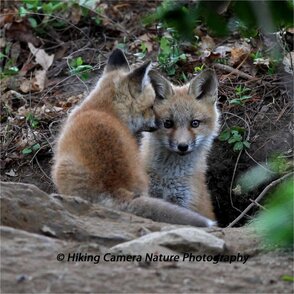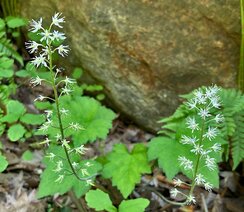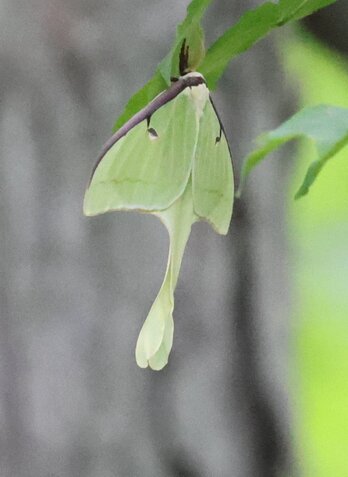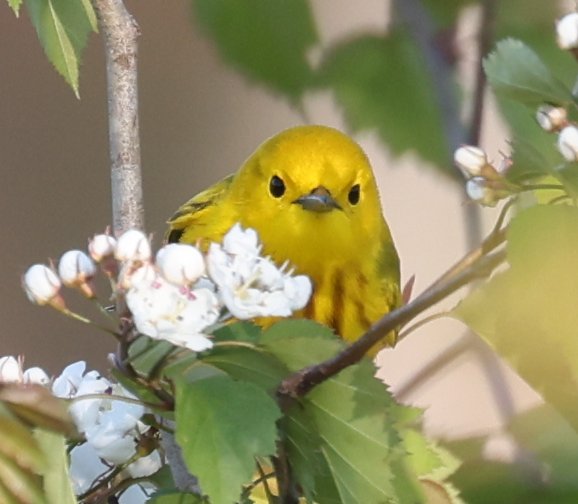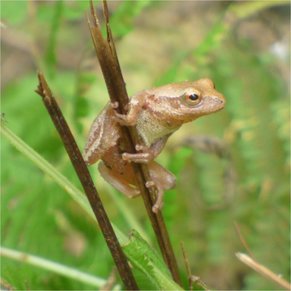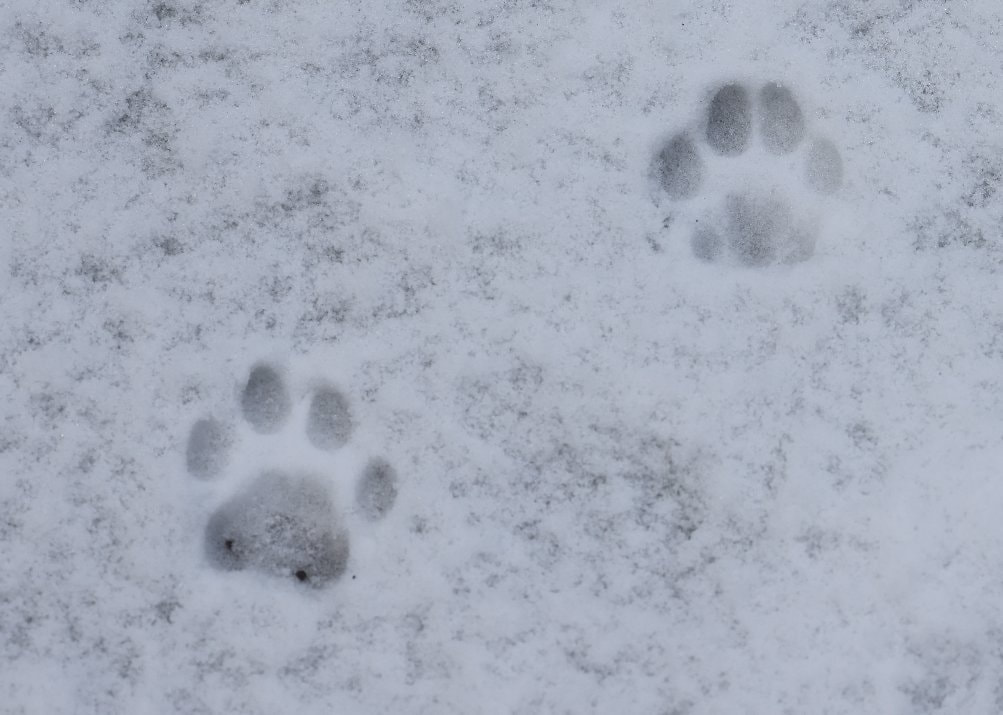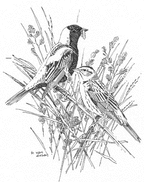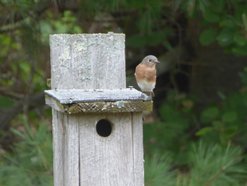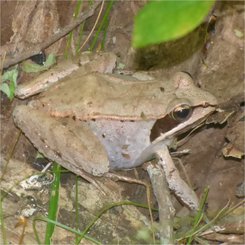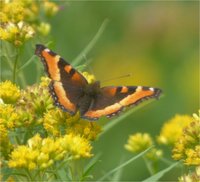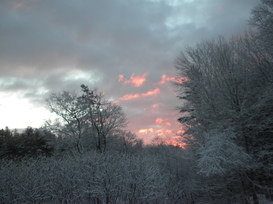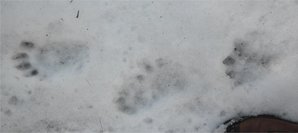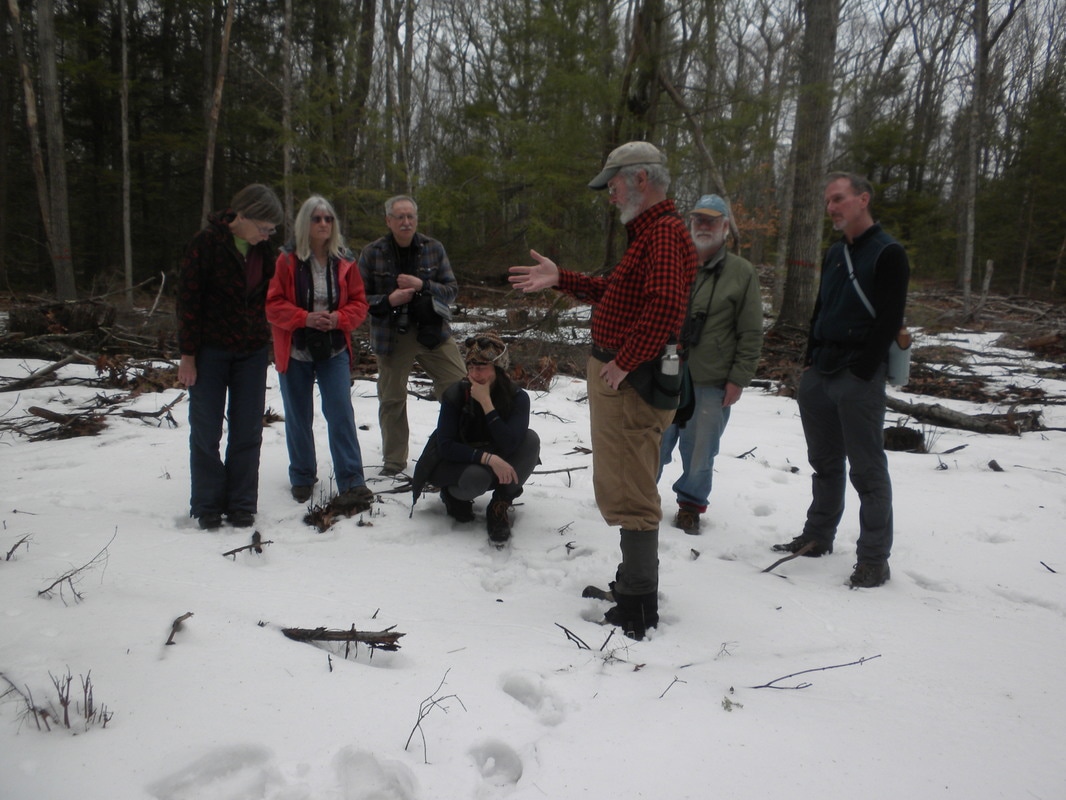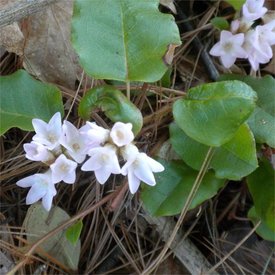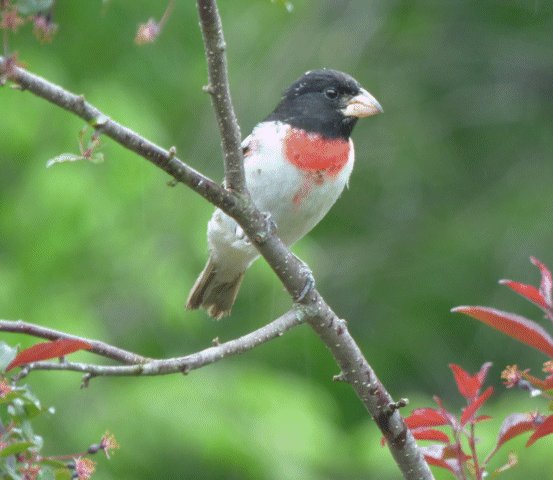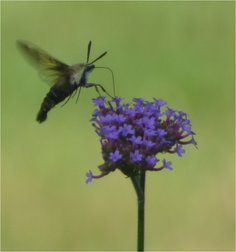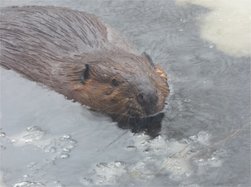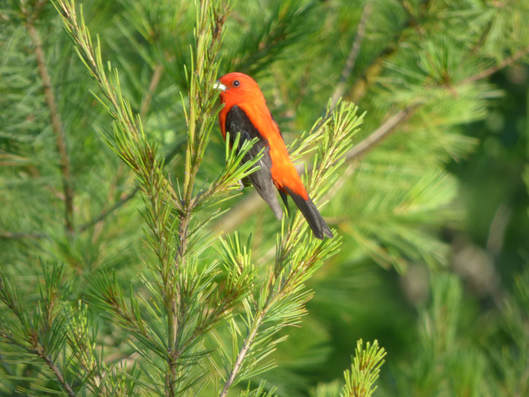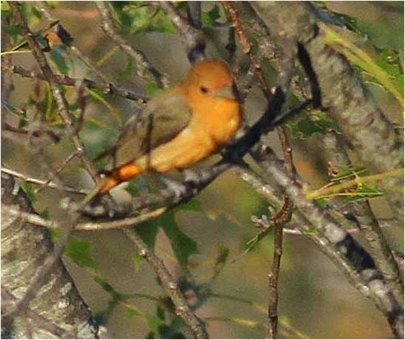CARING FOR NATURE IN OUR OWN BACKYARD
ABOUT WARE RIVER NATURE CLUB
Enthusiasm for the rich natural history of the north central Worcester County region led to the founding of the Hubbardston-Ware River Nature Club by a group of Hubbardston residents in 2014. Since then our membership has expanded, and members hail from all parts of northern Worcester County and beyond. To reflect this growth, our name was changed to Ware River Nature Club in 2015. We are a growing group of professional and amateur naturalists, hikers, birders, outdoor enthusiasts, artists, writers, plant-lovers, and more who believe that appreciation of nature and the outdoors begins in our own backyards.
Enthusiasm for the rich natural history of the north central Worcester County region led to the founding of the Hubbardston-Ware River Nature Club by a group of Hubbardston residents in 2014. Since then our membership has expanded, and members hail from all parts of northern Worcester County and beyond. To reflect this growth, our name was changed to Ware River Nature Club in 2015. We are a growing group of professional and amateur naturalists, hikers, birders, outdoor enthusiasts, artists, writers, plant-lovers, and more who believe that appreciation of nature and the outdoors begins in our own backyards.
|
WHAT WE OFFER
|
Members receive discounts on fees for special programs, meetings, and other offerings.
|
|
INTERESTED IN BECOMING
A CITIZEN SCIENTIST? We are always looking for volunteers to help with monitoring nestboxes installed at several nearby locations. We are also seeking observers and data collectors for our Grassland Birds Initiative. Training and supportive materials will be provided. For details, see CONSERVATION PROJECTS, or contact warerivernatureclub@yahoo.com. |
ANSWER TO CAN YOU IDENTIFY THIS BIRD?
on our page FROM THE FIELD: Midsummer Miscellany
Jim Morelly captured an image of a leucistic male Scarlet Tanager. Leucism in birds can take many forms, and in the case of the tanager it caused pale, washed out plumage. You can see where the feathers are supposed to be black (wings) and bright red (body).
Leucism, or leukism, is an abnormal plumage condition caused by a genetic mutation that prevents pigment, particularly melanin, from being properly deposited on a bird’s feathers. As a result, the birds do not have the normal, classic plumage colors listed in field guides or seen in most photos, and instead the plumage may have several color changes, including:
For more discussion about identifying birds with leucistic or albino features, click HERE.
on our page FROM THE FIELD: Midsummer Miscellany
Jim Morelly captured an image of a leucistic male Scarlet Tanager. Leucism in birds can take many forms, and in the case of the tanager it caused pale, washed out plumage. You can see where the feathers are supposed to be black (wings) and bright red (body).
Leucism, or leukism, is an abnormal plumage condition caused by a genetic mutation that prevents pigment, particularly melanin, from being properly deposited on a bird’s feathers. As a result, the birds do not have the normal, classic plumage colors listed in field guides or seen in most photos, and instead the plumage may have several color changes, including:
- Bold white patches where the bird should not have any
- Paler overall plumage that looks faint, diluted or bleached
- Overall white plumage with little or no color visible
For more discussion about identifying birds with leucistic or albino features, click HERE.
